Testbed receives a significant dark-fiber contribution from Crown Castle that will allow researchers across the US to run large-scale experiments on next-generation wireless, optical x-haul, and edge cloud technologies

The COSMOS beyond-5G testbed now being deployed in West Harlem is one of four wireless networks recently created across the country for U.S. researchers to test new ways of boosting wireless internet speeds to support data-intensive applications in robotics, immersive virtual reality, and traffic safety. COSMOS’ specific focus is on the design, development, and deployment of a city-scale advanced wireless testbed that supports real-world experimentation on next-generation wireless technologies and applications that address community needs. It is being developed and deployed by teams at Rutgers, Columbia Engineering, NYU, New York City, Silicon Harlem, City College of New York (CCNY), IBM, and University of Arizona.
COSMOS will include next-generation wireless base stations and access points at Columbia, City College of New York (CCNY), and New York City light poles and buildings. High-bandwidth connectivity between the COSMOS sites at Columbia and CCNY is critical to the project and the testbed recently received a welcome contribution of dark fiber from Crown Castle, a leading provider of communications infrastructure. The dark fiber, which is optical fiber not in use, has been placed under Amsterdam Avenue in West Harlem and is now connected to both Columbia and CCNY sites.
“We greatly appreciate the dark fiber contribution, which will enable researchers across the country to run large-scale experiments related to next-generation wireless, optical x-haul, and edge cloud,” said Gil Zussman, COSMOS PI and professor of electrical engineering. “For example, there is a lot of interest in smart-city applications related to improving safety at smart intersections, a topic that is of utmost importance in New York City. The connectivity along Amsterdam Avenue will allow experimentation in this area. In addition, the inter-university dark fiber can also serve as a foundation for experimentation in the area of quantum networking.”
In 2018, COSMOS was one of the first two testbeds to receive funding and industry support under the NSF Platforms for Advanced Wireless Research (PAWR) initiative, whose objective was to build a set of wireless testbeds for U.S. researchers to test new ways of boosting wireless data rates, with the aim of supporting data-intensive applications in new wireless devices, communication techniques, networks, systems, and services that will revolutionize the nation’s wireless ecosystem. COSMOS has been designed as a proving ground for a new generation of wireless technologies and applications in densely populated real-world environments, with a technical focus on ultra-high-bandwidth and low-latency wireless communications with tightly coupled edge computing. The Federal Communications Commission designated the testbed envisioned coverage area–one square mile in West Harlem–as one of the nation’s first innovation zones.
The expansion of the testbed will not only help running large-scale experiments that will enable the research community to make an impact on the design of 6G networks but also allow middle- and high- school students to remotely run educational experiments in various parts of the testbed. We are thrilled to provide such unique educational opportunities for the local Harlem community.
SHIH-FU CHANG
INTERIM DEAN, COLUMBIA ENGINEERING
A major goal of the COSMOS testbed is to transform the testbed-generated research into an innovative learning platform for middle- and high-school students. The project focuses on local educational outreach, especially towards minorities underrepresented in STEM. Particularly, during the past four summers the testbed hosted NYC public school teachers who developed curriculum that they later used in their classrooms. The team at NYU and Columbia Engineering will soon start recruiting 10 teachers for summer 2022 (the application will soon be available).
“We are excited to partner with Crown Castle,” said Shih-Fu Chang, Columbia Engineering interim dean. “Their generous contribution and the expansion of the testbed will not only help running large-scale experiments that will enable the research community to make an impact on the design of 6G networks but also allow middle- and high- school students to remotely run educational experiments in various parts of the testbed. We are thrilled to provide such unique educational opportunities for the local Harlem community.”
As the testbed expands north of the Columbia Morningside campus, Crown Castle, a PAWR consortium member, contributed several strands of dark fiber to enable advanced wireless and optical experiments. Crown Castle’s Vice President of Technology Strategy Mark Reudink noted, “With the number of internet connected devices estimated to have reached more than 46 billion in 2021—a 200% percent increase since 2016—it is more important than ever before that we invest in infrastructure that can process all that data in real time. This testbed will do just that, facilitating important research on technologies that have the potential to change our lives for the better, while also serving as a model for future infrastructure investments on a larger scale.”
Working with Zussman on the Columbia Engineering team are Professors Zoran Kostic, Harish Krishnaswamy, and Henning Schulzrinne from the electrical engineering and computer science departments and members of the Data Science Institute.


